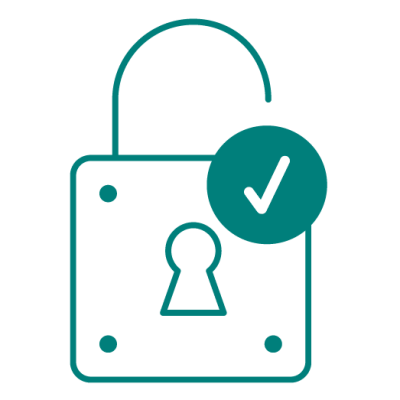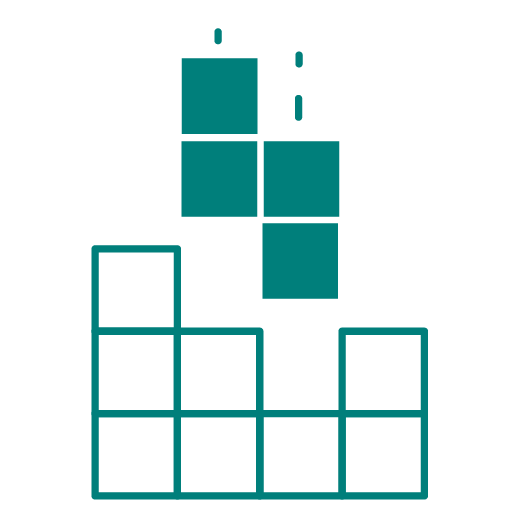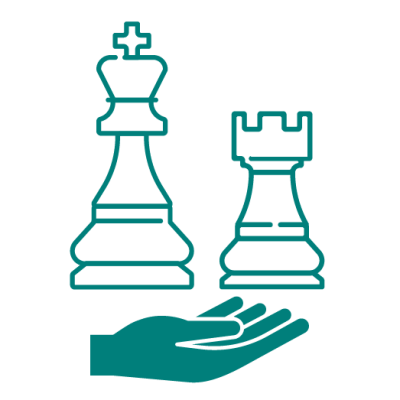This architecture reduces software to maintain by respecting a separation of concerns – patients data is managed where it belongs.
This architecture reduces software to maintain by respecting a separation of concerns – patients data is managed where it belongs.
Embracing MIT Governance Lab’s “don’t build it” principle, Ozone focuses on integrating existing solutions rather than reinventing the wheel. Our approach is to unify digital health initiatives, offering a feature-rich platform with reduced codebase and simpler maintenance.
Ozone is committed to bundling digital health software without alterations and without forking.
This approach naturally expands the user bases and, consequently, the communities of its integrated components.
OpenMRS 3 stands at the core of Ozone as its interoperable electronic medical record (EMR) system. It provides a rich and modern user experience built on the principles of user-centred design supported by extensive, detailed and meticulous research and user testing.
Ozone uses the community edition of OpenMRS 3 and helps improve and maintain it by continuously feeding back into it.
Health facilities require much more than documenting patient files (EMR/EHR) to effectively support all the workflows that take place across healthcare services delivery, for example:
Ozone goes beyond the EMR and EHR as an all-in-one patient management solution that can be deployed anywhere, from hospitals to community health programs operated at the last mile.
Ozone adapts to a large variety of clinical use cases thanks to its flexible and configurable modular opt-in architecture, it can be lightweight or exhaustive.


Ozone inherits all its features from the work done by the communities supporting its constitutive components. It just makes them work together as an easy-to-install enterprise-grade product.

All Ozone components are established free and open-source softwares of their own. They are governed, developed and maintained by their respective communities.
Because it ensures that there are no forks of the goods that Ozone is made of; in particular of OpenMRS 3 that is a Global Good and a Digital Public Good.
However this principle extends to all Ozone’s default components. Minor add-ons are sometimes needed to make them work together but Ozone otherwise strictly sticks to the official or community editions of SENAITE, Odoo and Superset.
We are working hard to provide multiple options for some components, and when we get there we will make sure that you can select your preferred blend of Ozone. In the meantime it is anyway possible to create your own distribution of Ozone with the changes and customizations that you wish to make. Reach out to the community to accomplish this.
The level, extend and nature of L1 support or close-up support that is needed vastly differs from project to project. Rather than attempting to embed a standard L1 support formula, we leave this item open to be dimensioned and organised in the way that best fits each Ozone implementation.
Not so much, we have made sure that Ozone FOSS is a ready-to-use and comprehensive health information system that is as close as possible to an enterprise-grade system.
However Ozone Pro does come with additional features that make it fully enterprise-grade. The biggest difference however is that Ozone Pro embeds a service level agreement.
For more details check our plans.
Yes, our intent is to stage new features as pro features until they can become FOSS for everyone.
A lot of investment and resources are being put in developing pro features. They deserve to be monetised for a while, thereby helping to make Ozone (Pro and FOSS) better and better.
Ozone is a product in motion and expansion and our developers are continuously working on improving Ozone and bringing new features.
It is probably ill-informed to engage in brand new features development, at least in the global health context – because oftentimes someone else has already gone through all the pain and hard work.
It also boils down to nurturing the open-source mentality of adopting and contributing to existing projects rather than dispersing resources in redoing too many variations on the same theme.
Please check Don’t Build It. A Guide for Practitioners in Civic Tech.
Just three commands in a terminal:
curl -s https://raw.githubusercontent.com/ozone-his/ozone/main/scripts/install-stable.sh | bash /dev/stdin
cd ozone/run/docker/scripts/
./start-demo.sh
Ozone emerges from the OpenMRS ecosystem—join us in writing code to save lives!


The enterprise-grade
health information system
built with OpenMRS 3
| Cookie | Duration | Description |
|---|---|---|
| cookielawinfo-checkbox-analytics | 11 months | This cookie is set by GDPR Cookie Consent plugin. The cookie is used to store the user consent for the cookies in the category "Analytics". |
| cookielawinfo-checkbox-functional | 11 months | The cookie is set by GDPR cookie consent to record the user consent for the cookies in the category "Functional". |
| cookielawinfo-checkbox-necessary | 11 months | This cookie is set by GDPR Cookie Consent plugin. The cookies is used to store the user consent for the cookies in the category "Necessary". |
| cookielawinfo-checkbox-others | 11 months | This cookie is set by GDPR Cookie Consent plugin. The cookie is used to store the user consent for the cookies in the category "Other. |
| cookielawinfo-checkbox-performance | 11 months | This cookie is set by GDPR Cookie Consent plugin. The cookie is used to store the user consent for the cookies in the category "Performance". |
| viewed_cookie_policy | 11 months | The cookie is set by the GDPR Cookie Consent plugin and is used to store whether or not user has consented to the use of cookies. It does not store any personal data. |
Username: jdoe
Password: password